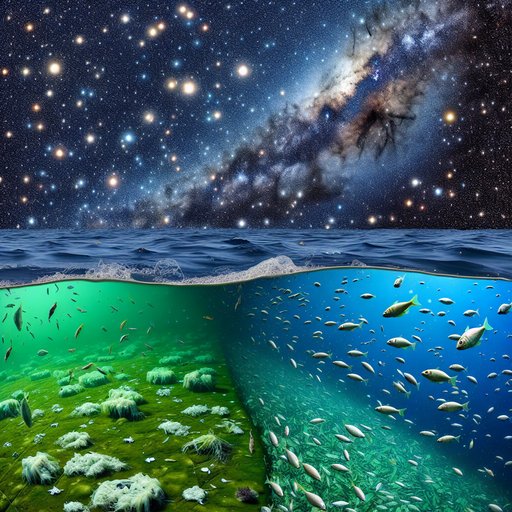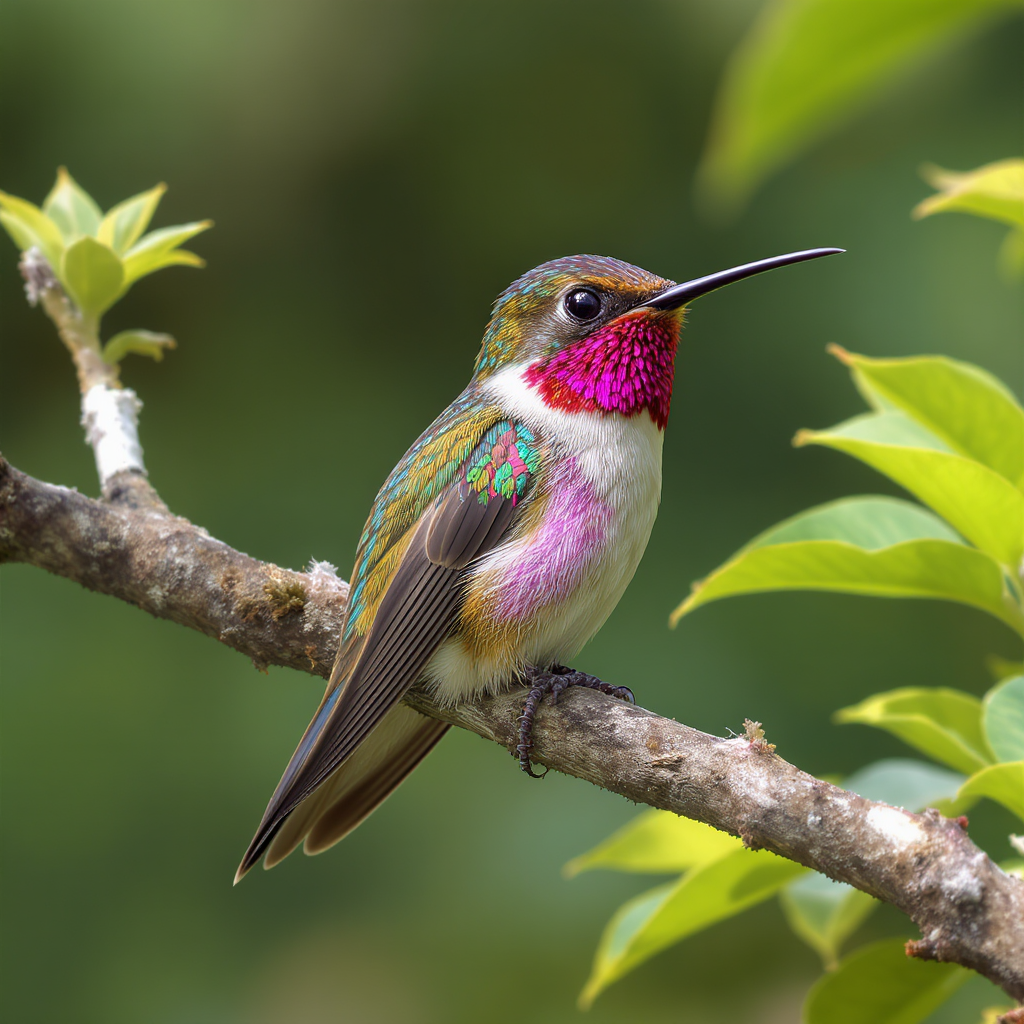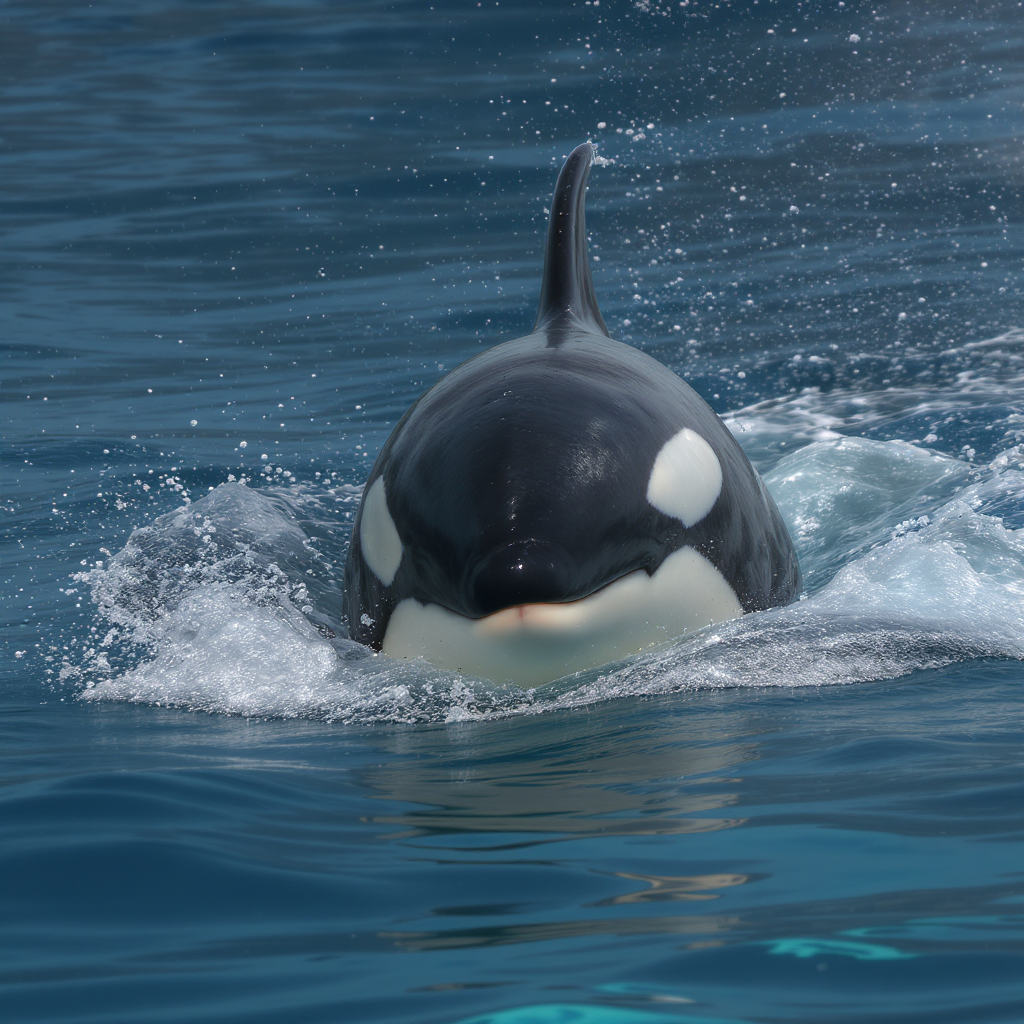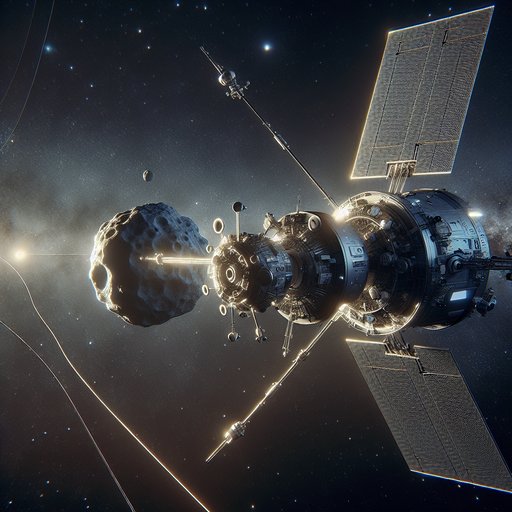
Today, as headlines spotlight the tragic fallout from an algal bloom in South Australia and a massive fish kill in County Cavan, the narrative threads all too familiar: human negligence and environmental fragility. These incidents echo a broader, more celestial narrative, reminding us that even the night skies are not safe from our littering impulse. As satellites obscure our once-pristine view of the stars, we must confront the reality that our impact stretches from the ocean floor to the heavens above.
From the ancient Polynesians who navigated vast oceans by starlight to farmers who planted crops by the lunar calendar, the night sky has long been humanity’s map and muse. Yet today, we find ourselves dimming those primordial beacons with an ever-growing constellation of satellites, primarily driven by commercial and technological ambitions. This ceaseless expansion mirrors our terrestrial thirst for resource exploitation, leaving both our seas and skies cluttered and compromised. The recent fish kill in County Cavan and the algal bloom disaster in South Australia are symptomatic of a deeper malaise: our failure to maintain the delicate balance between progress and preservation.
In Cavan, over a thousand fish were found dead, an event linked to pollution and environmental mismanagement [1]. Meanwhile, in South Australia, an algal bloom has wreaked havoc on marine life, a phenomenon exacerbated by climate change and agricultural runoff [2]. These tragedies are not isolated; they are part of a global pattern where short-term gains overshadow long-term ecological stability. The night sky, once a universal commons like the ocean, now suffers from similar neglect.
The proliferation of satellite constellations, like Starlink, threatens to obscure the stars that have guided and inspired us for millennia. Just as the fish kills warn us about the fragility of aquatic ecosystems, the crowded skies warn us of a future where technology eclipses nature's wonders. The very tools that promise to connect us more deeply are, paradoxically, disconnecting us from our celestial roots. Global treaties have historically safeguarded shared spaces, such as the Antarctic Treaty System which preserved Antarctica for scientific inquiry and peaceful purposes.
This model offers a blueprint for celestial governance, urging us to frame our orbital pursuits not as a frontier to be conquered but as a heritage to be preserved for all humankind. The stars should not be the latest victims of our insatiable expansionism but rather a reminder of the limits we must respect. Hope lies in our ability to rewrite the stories that underpin our interactions with the earth and sky. By viewing orbit as a cultural and natural heritage, we can foster a sense of stewardship rather than entitlement.
Environmental awareness campaigns and international collaborations offer pathways forward, transforming how we engage with both terrestrial and celestial environments. This shift is crucial if we wish to keep the heavens legible and the oceans vibrant. In conclusion, the incidents in County Cavan and South Australia are cautionary tales in a world where humanity's footprint is as heavy in orbit as it is on earth. They remind us that our legacy should not be one of destruction but of preservation.
As we look to the stars, let us also look within, ensuring that our progress does not come at the cost of the very planet and sky that sustain us.
Sources
- Investigation launched after more than 1,000 fish found dead in Co Cavan (TheJournal.ie, 2025-07-14T17:35:50Z)
- 'Dead fish everywhere': Video shows underwater impact of SA's algal bloom (ABC News (AU), 2025-07-12T04:21:26Z)























































